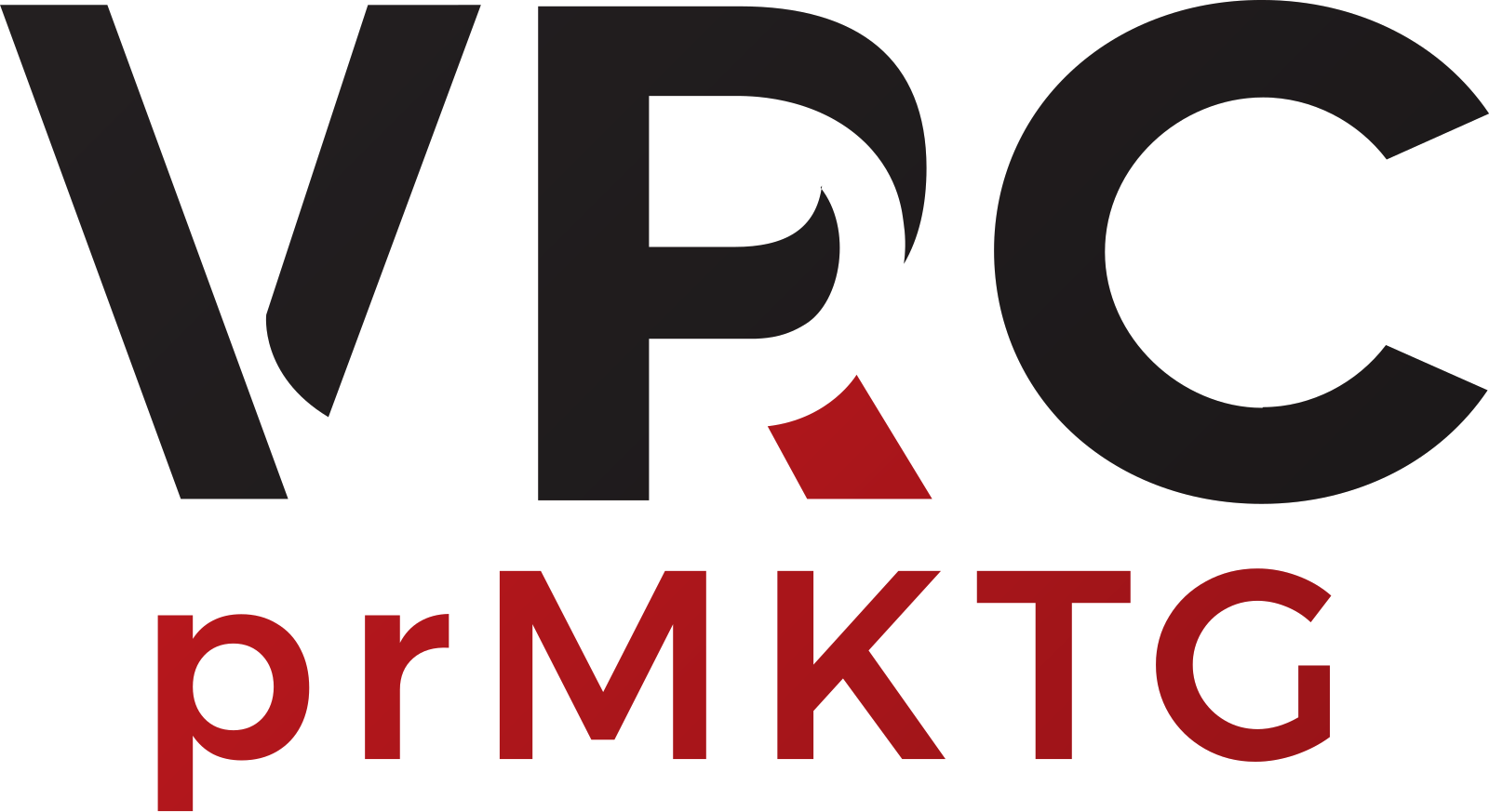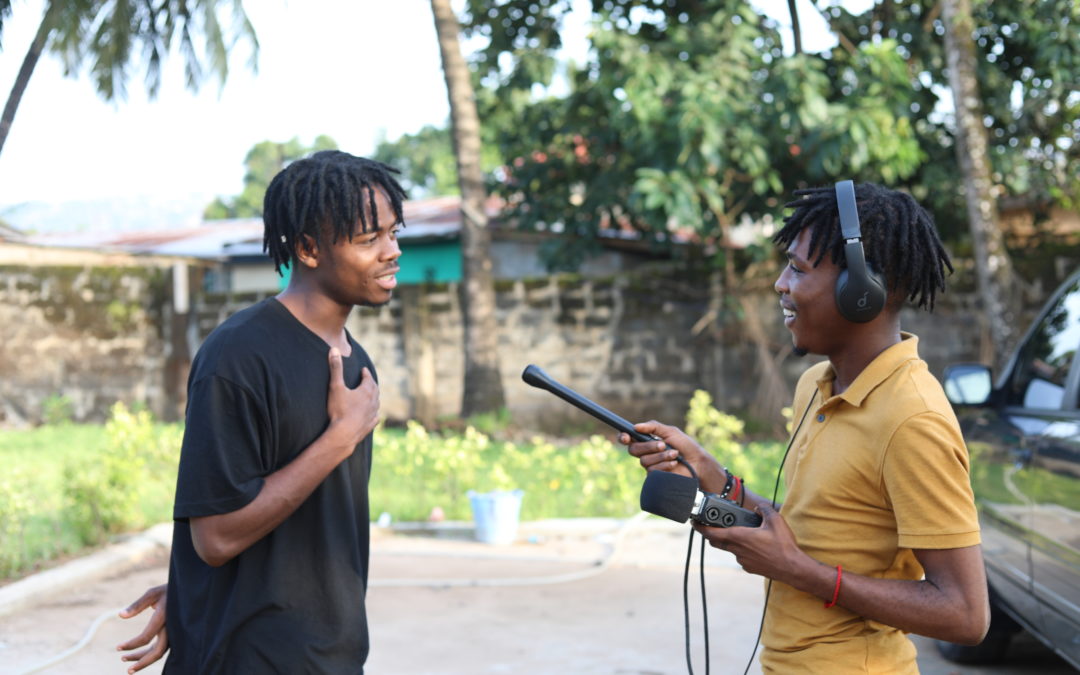Y Square Pod, Plasas and Poyo, Boku Tok Pod, and Make Sierra Leone Famous Podcast are some of the most popular podcasts streamed by Sierra Leoneans. There are other podcasts done by Sierra Leoneans for Sierra Leone and the world.
A podcast is a digital audio file made available on the internet for downloading to a computer or mobile device typically available as a series, new installments of which can be received by subscribers automatically.
There are different podcast formats; The interview podcast, The solo/monologue podcast, Conversational/co-hosted podcast, The panel podcast format, Non-fictional storytelling podcast, Podcast theater podcast, Repurposed content podcast, your podcast, and many more. Choosing the type of podcast you want is the first step to creating a podcast.
VR&C Marketing produces an interview-style podcast; the Make Sierra Leone Famous hosted by Vickie Remoe. She interviews a different guest on each episode. We just published our twelfth episode in nine months.
Creating a podcast takes time and commitment but it is also therapeutic. I spend hours editing and mastering trying to find the perfect sound. It helps to drown out the pandemic noise. And when it comes to time, our team had a lot of time during the Covid-19 pandemic.
If you’re thinking of launching your own podcast here are some tips to podcasting in Sierra Leone with lessons from the #MakeSierraLeoneFamous Podcast to take you from pre-production to post.”
Choose the topic and identify the guest – this is the first step of making a good podcast, the pre-production process. Knowing what topic you want to talk about in your next episode makes it easier for you to choose the appropriate guest for the podcast.
Schedule the Interview – Once you have chosen the topic and guest you can move on to the next phase which is scheduling the interview for the podcast. For this, you will need to send an official letter or reach out to the guest on their social media platforms. If it’s someone you know personally it will be best to send them a message or call them and then send them a letter to add a professional touch.
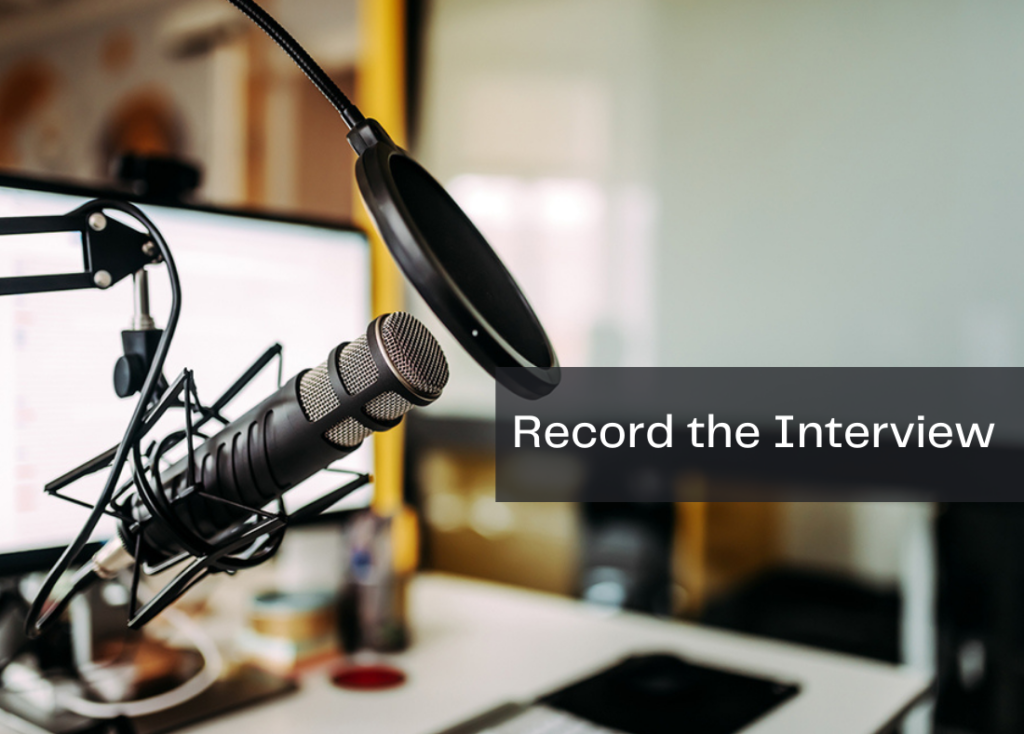
Record the Interview – You’ve identified the topic and the guest and also sent your invitation letter. The next step is recording the interview (That’s if the guest accepted 😅). When recording your interview you’ll need a quiet place and a good mic. Say your guest is in another location, I recommend you use Zoom Meetings for this. With Zoom, you can easily record the whole conversation and extract the audio later to edit.
Editing the Interview – This is one of the most complicated phases in the whole process of making the podcast. If you have never edited audio before I suggest you learn or hire a PRODUCER. Your edit can determine whether your podcast will be a good one or not, so I recommend you pay extra attention to your editing.
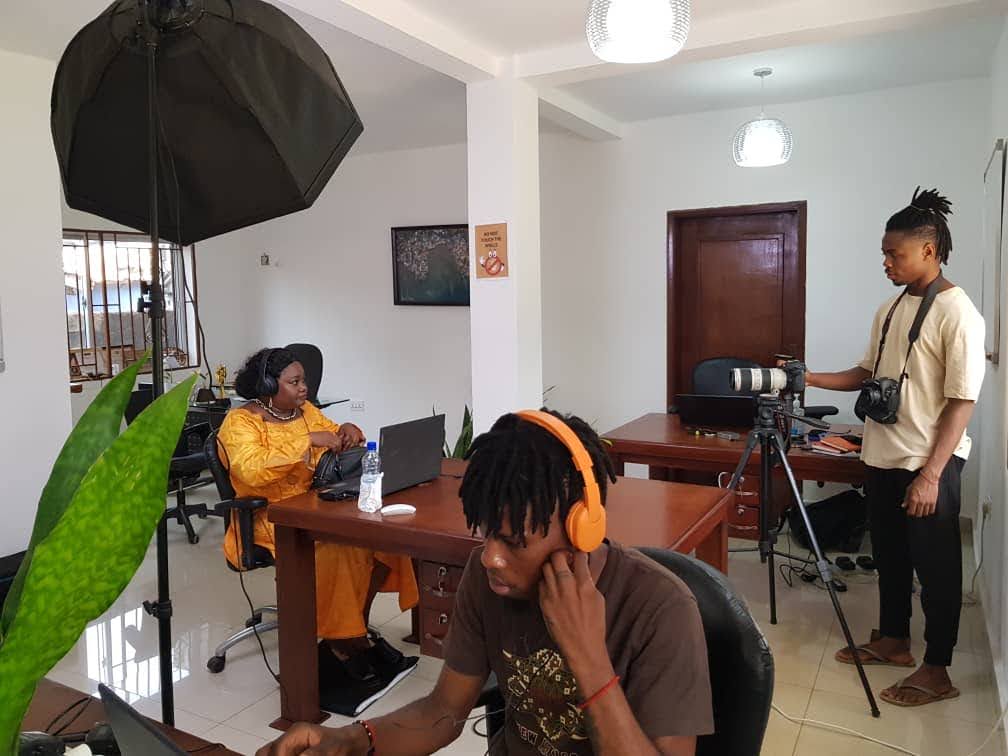
Podcast recording in Session: Guest Isatu Smith at our office in Freetown being interviewed virtually by Vickie Remoe in Accra.
Record Drops – Now not all podcasts have drops so you can choose whether or not you want this on your podcast. A drop is a short recording you make and insert in your podcast to tell people about your podcast, if your podcast is very successful you can sell these slots for ads on your show and by so doing you get to make money out of each episode you put out.
Choose a song for Music break – This like the drops can be skipped, we use these for our podcast to make it more entertaining and professional, yeah I said it we have a professional podcast! If you decide to add a music break to your podcast then you need to be careful in choosing what song to add. What we do is choose a song based on the theme of the conversation between our host and guest.
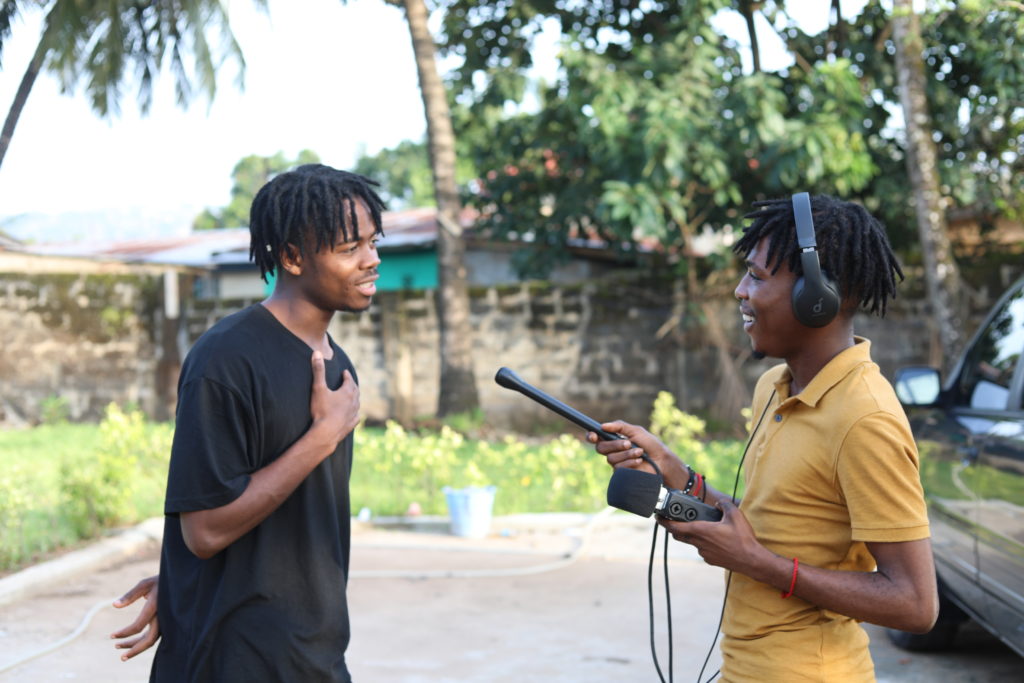
Abdul Hamid (l) and I. I can’t remember what I was interviewing him for but it was good.
Edit Drops – After recording drops and you’ve successfully chosen your song that matches the theme of your conversation I’ll advise you do an extra recording talking about the artist and music you chose. This gives extra content to your podcast and like I said earlier on makes you podcast professional reassuring the listener that you know what you’re doing. Now edit the drops and insert them in the slots you’ve allocated for them on your podcast.
Export first cut for review – Once you’ve finished your edits export the first draft and review it. Why this is important is because it allows you to be your own audience and you get to spot the mistakes you made whilst editing giving you time to revisit the drawing board and correct these mistakes.
Mix and Master – If you’re done with your review then you can go back to finish your edits by mixing and mastering it, double-checking all your sounds, and making sure that nothing is out of place or blasting.
Export final cut – After mastering you can now export the final cut for uploading.
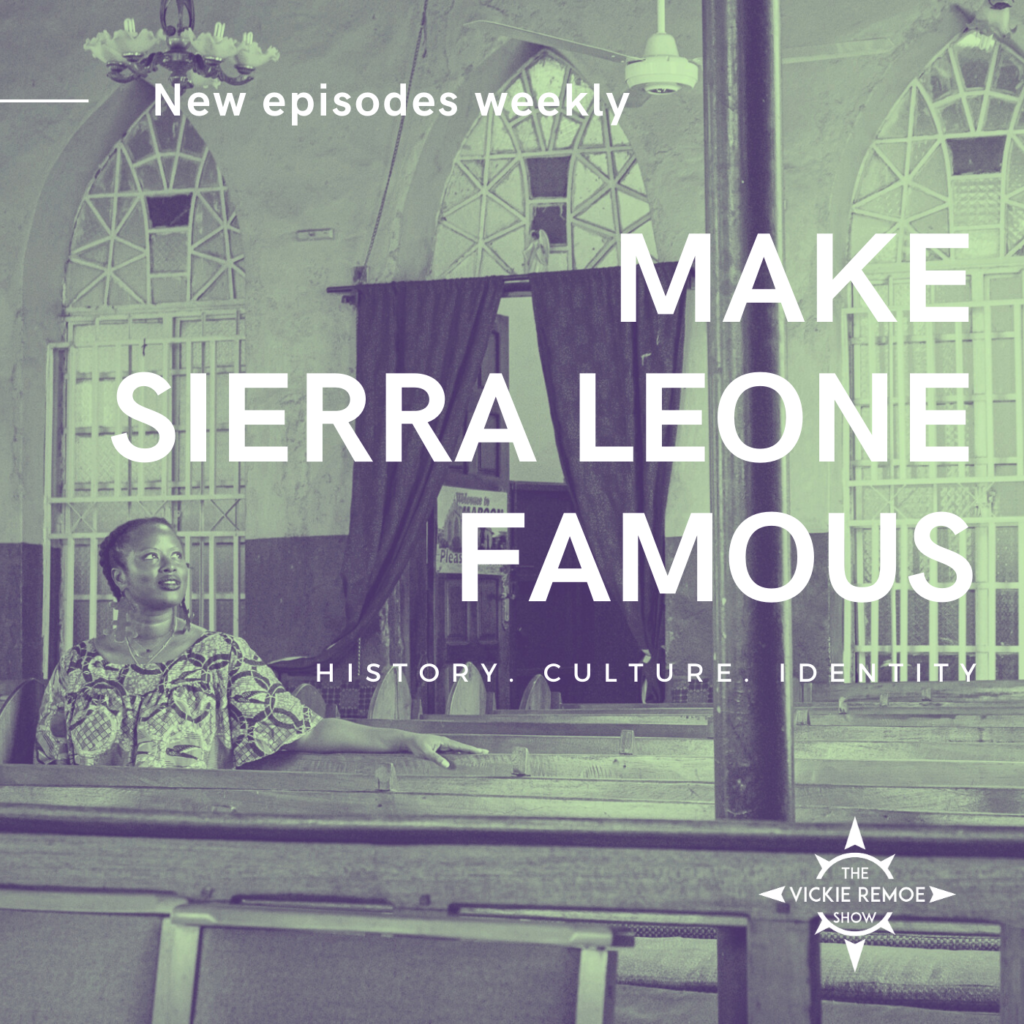
Graphic Design of the MSLF Podcast cover art
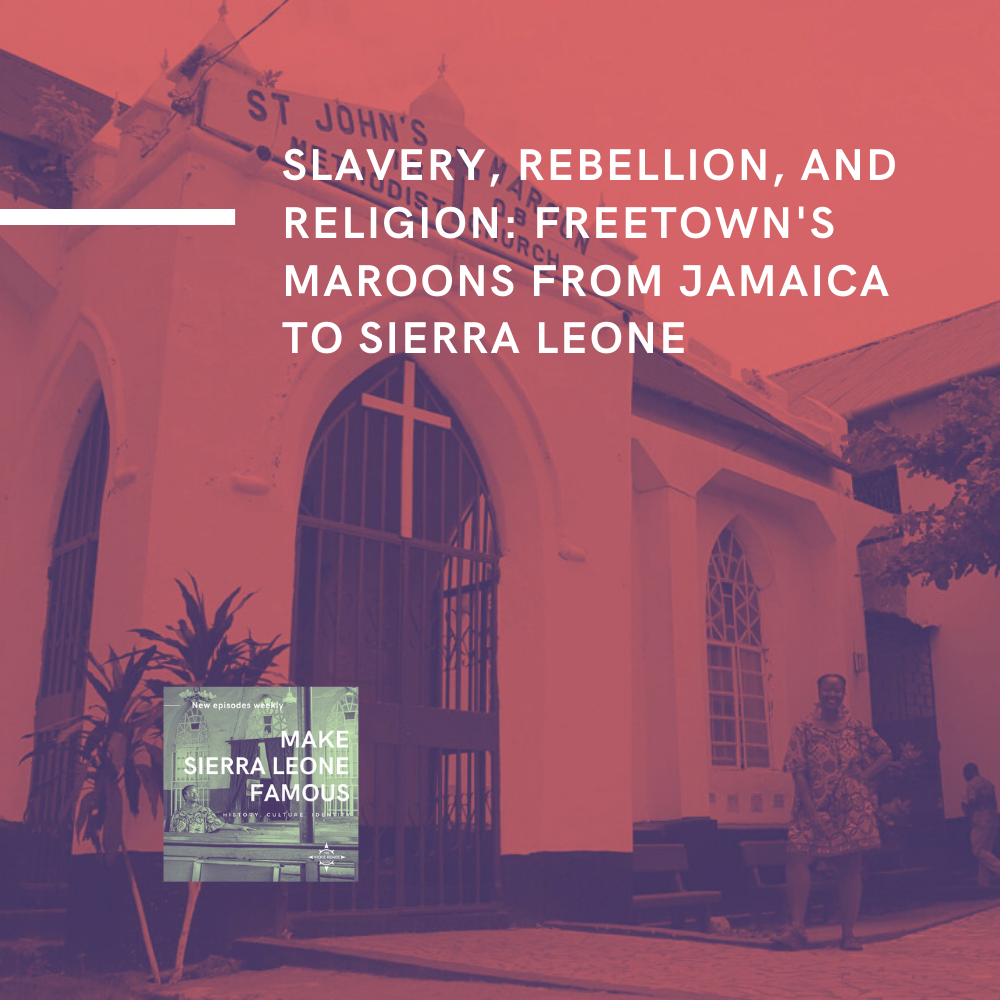
Sample design for an episode of the pod. Each episode has its own cover art that we use to do content marketing on social media platforms.
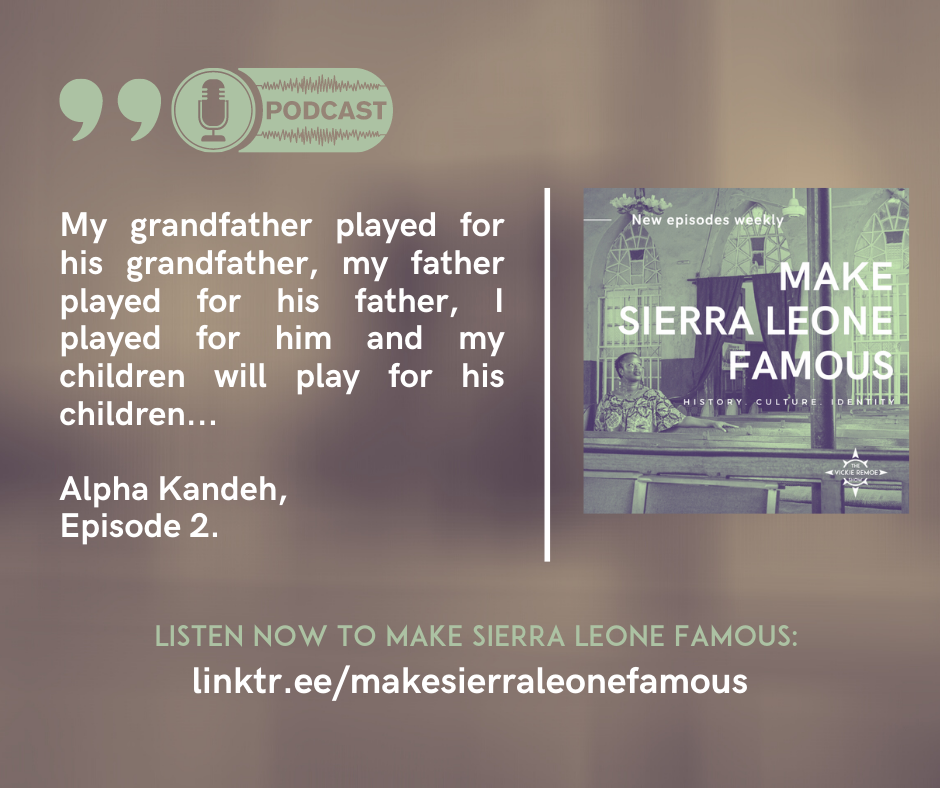
Sample content marketing post on the podcast.
Design Graphics – If you’re done with the audio phase of your podcast then the next step to move on to is the graphics. Design graphics in the form of assets that you’ll use to announce a new episode or any form of content release related to your podcast.
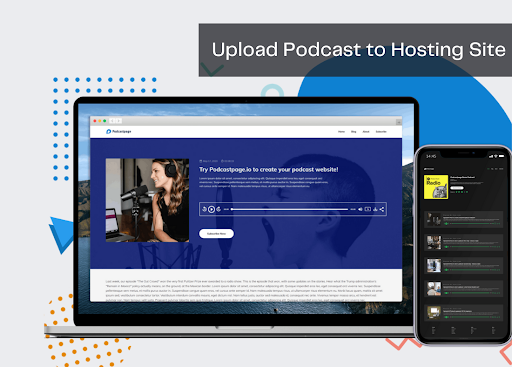 Upload Podcast to Hosting Site – Once you’re done with your graphics and sound, upload them to your podcast hosting site. This might vary according to your preference. We use Blubrry for this and once we finish uploading it automatically sends it to all our streaming sites. Other podcasts hosting sites include Wix Podcast Player, Libsyn, Soundcloud, Podbean, Spreaker, Buzzsprout, Simplecast, Transistor, Captivate, and Audioboom. Although it is possible to skip this phase and just upload your podcast to a streaming site like Apple Podcasts, Spotify, Google Podcast; uploading to a streaming site directly won’t automatically upload it to the other streaming sites unlike the podcast hosting sites.
Upload Podcast to Hosting Site – Once you’re done with your graphics and sound, upload them to your podcast hosting site. This might vary according to your preference. We use Blubrry for this and once we finish uploading it automatically sends it to all our streaming sites. Other podcasts hosting sites include Wix Podcast Player, Libsyn, Soundcloud, Podbean, Spreaker, Buzzsprout, Simplecast, Transistor, Captivate, and Audioboom. Although it is possible to skip this phase and just upload your podcast to a streaming site like Apple Podcasts, Spotify, Google Podcast; uploading to a streaming site directly won’t automatically upload it to the other streaming sites unlike the podcast hosting sites.
Input Title, Subtitle, & Content – The order of this might change due to the platform you’re using. The title, subtitle, and content are all important for your podcast. The title makes it easy for your search engine optimization, please note that a catchy title drives a lot of traffic. Subtitle supports the title for additional context. Content tells people what that episode is about.
Publish Podcast – Once you’re done with all the steps feel free to publish your podcast.
Promotion – This is very important because it increases your subscribers, keeps your audience informed, and also drives traffic to your podcast. For this, you’ll need to use the assets you’ve created as graphics and also develop a content log in the form of a content calendar. Select the best clips from the podcast, and do copywrite to spark interest. The best place to promote your podcast is on your social media channels, Whatsapp groups, email blast/newsletter, and on a blog (either your own or another blog platform that has the right audience for your podcast). Once you’ve created this you’ll need to do the copywriting that will go out with the graphics in the form of a caption.
Congratulations on your first podcast episode! Keep it going!
Check out our latest episode of the MSL Pod here.
